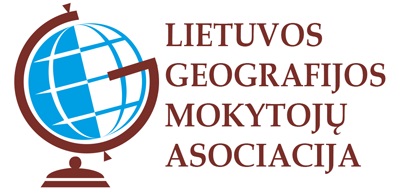Reading skills - THE COSTS OF LEARNING
Klausimas #1
THE COSTS OF LEARNING
Bill Clinton's state-of-the-union promise of an extra $50 billion for education would be worthwhile if, as he urged, Americans end up with 'the best education in the world'. But, according to a recent essay in a book on the subject by Eric Hanushek of the University of Rochester, there is little evidence that spending more money makes for better students.
Mr Hanushek considers two ways of measuring the connections between educational spending and student performance. First, he simply looks at broad trends in both areas. Real spending per student has almost doubled since 1970; total spending is now equal to about 4% of GDP. But scores on two important standardised tests - The Scholastic Aptitude Test, a college entrance exam, and the broader-based National Assessment of Educational Progress - have either stagnated or declined over the same period, although blacks and Latinos have improved noticeably in maths and reading.
Next Mr Hanushek surveys research studies on cross-sections of students, teachers and educational achievement. On the ratio of students to teachers, for example, only 15 % of the studies report a statistically significant positive result - that fewer students per teacher led to higher achievement. Almost as many report a negative result and the rest are inconclusive. On spending per pupil, the result is equally muddled: 27% report a positive result, 7 % a negative one , while the rest are agnostic.
Of course, money is necessary for education. Schools need textbooks and teachers. But the reason that adding money does not automatically add value is that costly new textbooks could be worse than old ones; that computers in every classroom (another Clinton ideal) may not instil basic skills; and that playing with untried educational philosophies may prove expensive in terms of both price and standards. If the volume of cash were the primary determinant of achievement, then the school system in Newark, New Jersey, which spends the most per pupil of any district in the country ($ 9,501), would be turning out accomplished scholars; instead, it is so awful that the state government has taken it over.
Some schools do get results when they get more money; and many private schools get better results on smaller budgets than their public counterparts. But the lesson is to spend money well, not prodigally.
(THE ECONOMIST, 1997)
Which statements are true (YES) and which are false (NO)?
Atsakymų variantai rodomi tik registruotiems sistemos eTest.lt vartotojams. Mokytojo registracija, mokinio registracija
Taškų skaičius už teisingą atsakymą: 1





